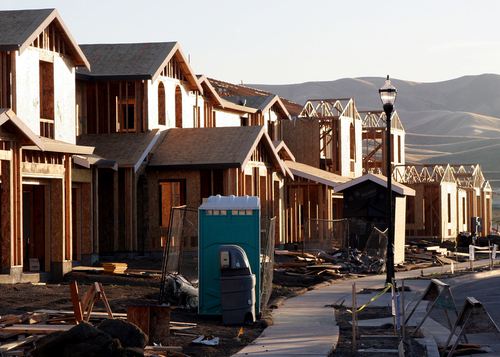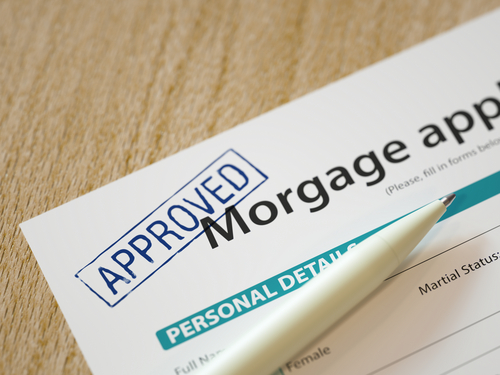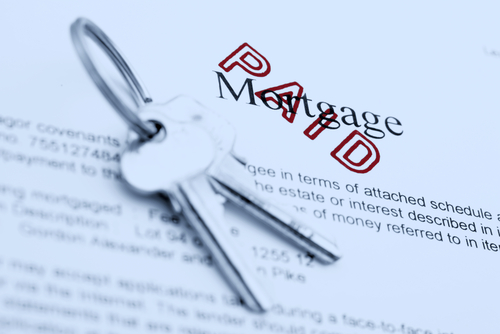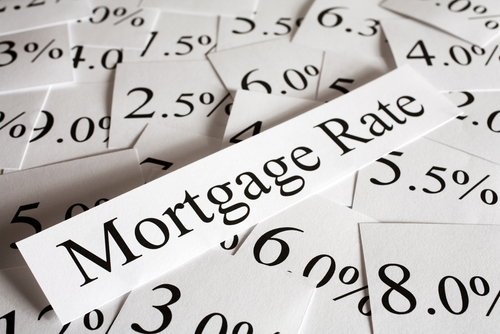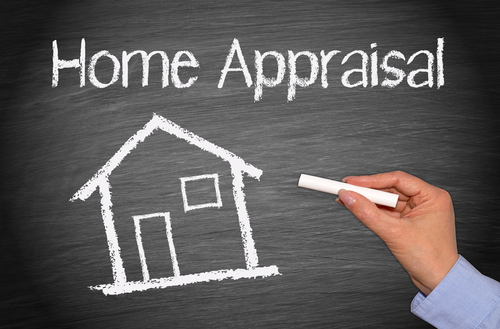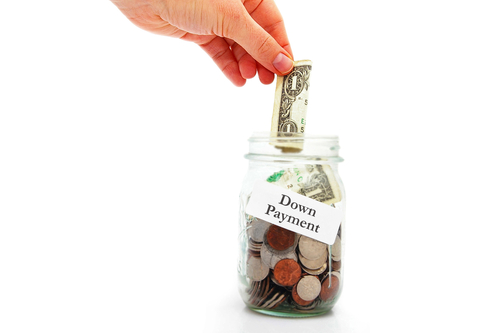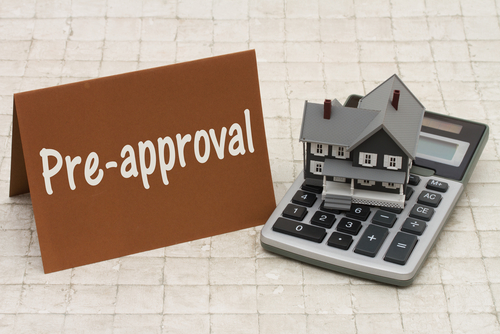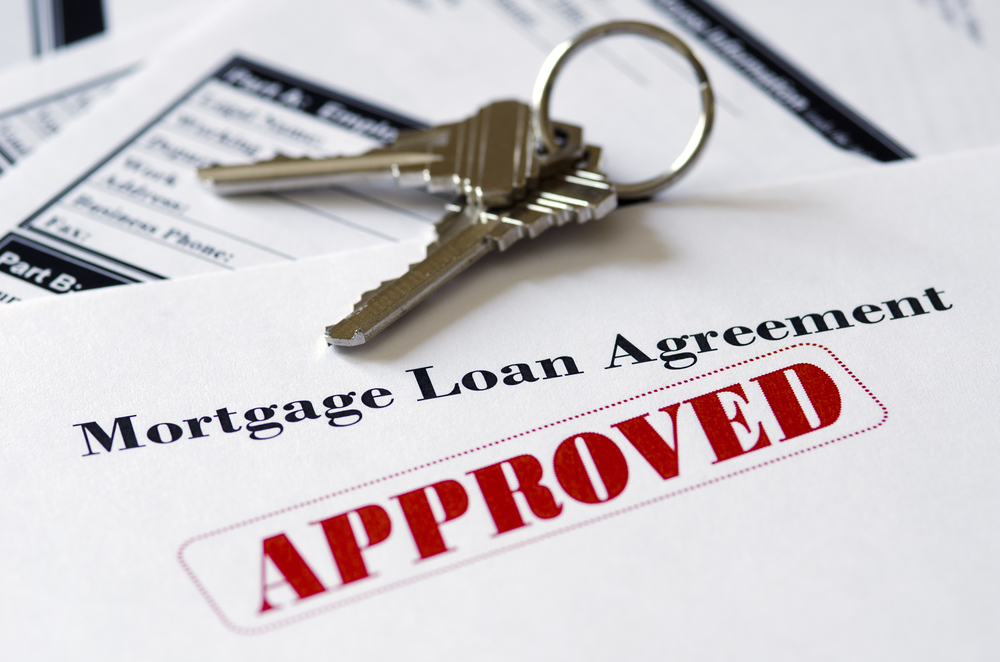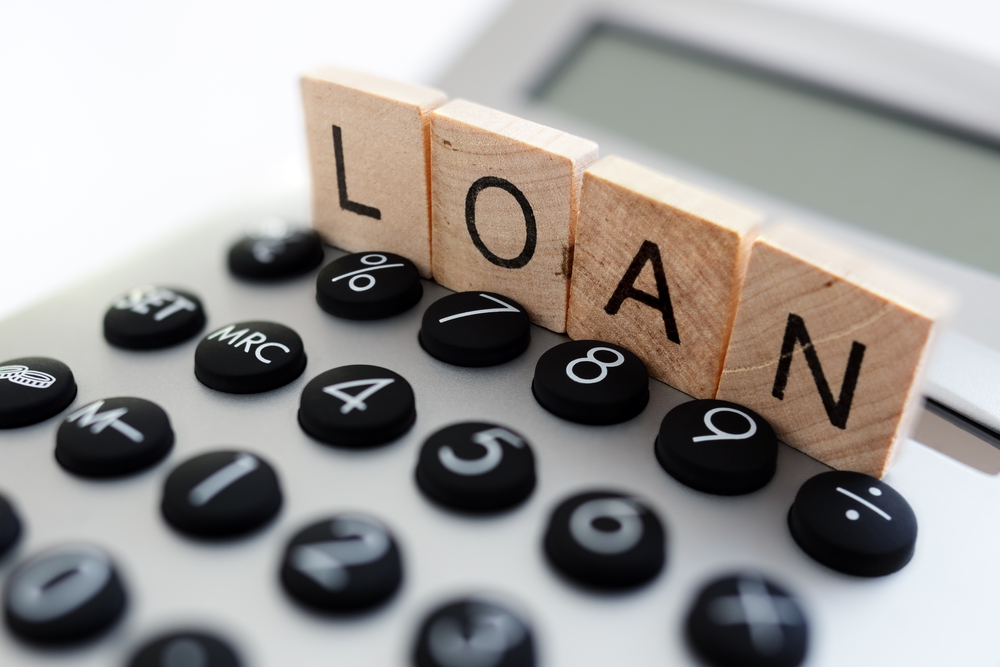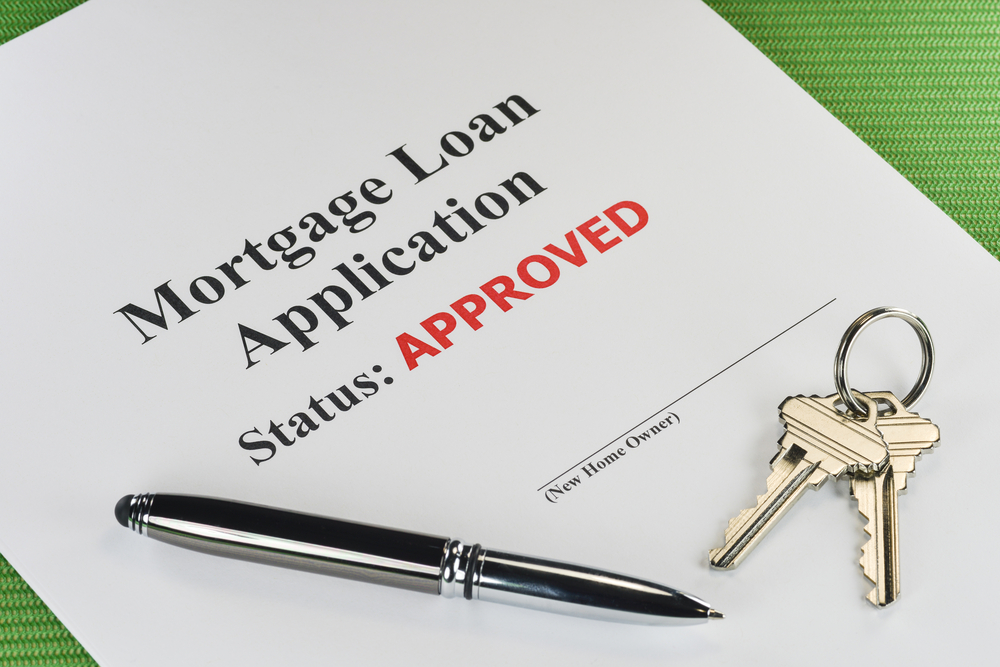If your home has increased in value and you’re sitting on a sizable amount of equity, you may think this is your golden ticket to do whatever you want. Home equity is the difference between what you owe the bank and the value of your property. As you pay down your home loan, and as your property appreciates in value, your equity increases. And with sufficient equity, you can borrow against your home and use the cash for a variety of purposes.
There are many uses for home equity. Some people get a home equity loan or a home equity line of credit and use the money to renovate or improve their property. This is a smart use for equity because home improvements and renovations can increase the value of your property, resulting in more equity.
A home equity loan or home equity line of credit is also useful for paying off high-interest credit card debt. The interest rate on a home equity loan or line of credit is often cheaper than the interest rate on a credit card, which means you can enjoy lower minimum payments and save money on interest. Additionally, borrowing from your equity is an option if you want to invest in your future, such as continuing your education or starting a business. But while it’s your equity and you can do pretty much anything you want with it, there are unwise uses for your equity.
When you borrow from your equity, you’re essentially borrowing from your net worth. These loans and lines of credit reduce the equity in your home. So while it’s tempting to borrow from your equity, there are times when you shouldn’t gamble with your home.
1.Don’t use your equity to buy luxuries
If you’re going to tap your home equity, make sure you’re not using your equity for luxuries. This can include buying high-ticket electronics, going on vacations or purchasing other unnecessary items. Understandably, it’s your money. But your home is one of your biggest assets. So if you’re going to take money from your equity, put it towards something that will improve your home, life or finances. For example, debt consolidation, a college education or home improvements.
2.Don’t get a home equity loan if you plan on selling the property
Think carefully about your future plans before getting a home equity loan or line of credit. If you know you’ll sell the house in the next couple of years, you’re better off waiting until you have a buyer for the property. You can get a home equity loan beforehand. Just know that once you sell the property, the proceeds from the sale must be enough to pay off your first mortgage and the second mortgage. Since a home equity loan and line of credit reduces your equity, you’ll have a smaller profit upon selling the property.
3.Don’t borrow too much from your equity
You might be able to borrow up to 80% of your equity, but it’s important that you only borrow what you need, and you should only borrow what you can afford. There are two reasons for this. For starters, a home equity loan creates a second lien on the property. And second, if you get a home equity loan that’s too expensive and you have difficulty affording the monthly payment, there’s the risk of default. If you default on a second mortgage, you can lose your prope



